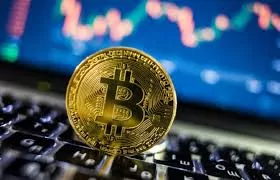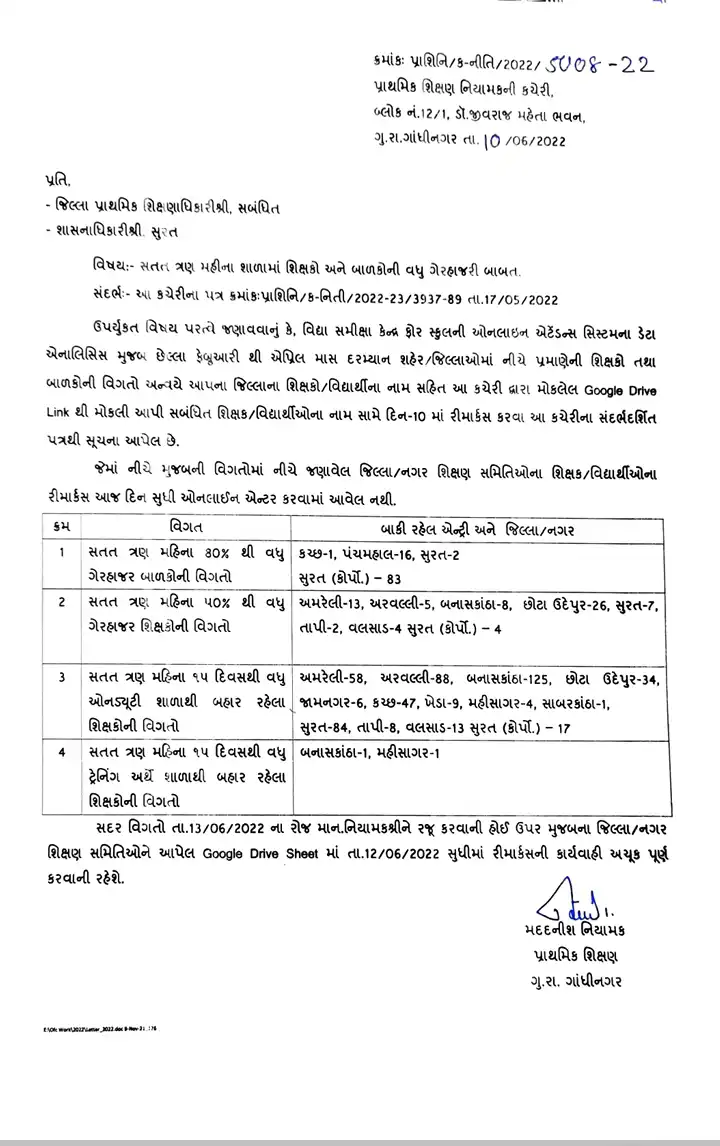What is Bitcoin and How does it works
Bitcoin: A Peer-to-Peer Electronic Cash System,
Satoshi Nakamoto
satoshin@gmx.com
www.bitcoin.org
Every country in the world has one currency like India’s currency is rupee, US currency is dollar similarly bitcoin is also a currency but we can use rupee in physical form but we can use bitcoin only in digital form.

Bitcoin is a cryptocurrency that is not controlled by any authority, the currency is called currency in English so no one controls Bitcoin in the same way as our Indian currency is controlled by RBI (Reserve Bank of India).
Bitcoin BTC Price Live in INR See here
Bitcoin is a user-driven currency. You can also call Bitcoin a digital currency or a virtual currency, a virtual currency because you can’t see it in physical form, you can just store it in your mobile and computer and see it in statistics.
You may have seen many Bitcoin coin photos online but these are just Bitcoin photos.
Bitcoin can be sent from one user to another on the Peer to Peer network without any intermediaries so if we send Bitcoin to our friend it gets there without any intermediaries. source link given below.
Commerce on the Internet has come to rely almost exclusively on financial institutions serving as trusted third parties to process electronic payments. While the system works well enough for most transactions, it still suffers from the inherent weaknesses of the trust based model.
સતત ત્રણ મહિના શાળામાં શિક્ષક & બાળકો વધુ ગેરહાજરી બાબત

Completely non-reversible transactions are not really possible, since financial institutions cannot avoid mediating disputes. The cost of mediation increases transaction costs, limiting the minimum practical transaction size and cutting off the possibility for small casual transactions, and there is a broader cost in the loss of ability to make non-reversible payments for nonreversible services. With the possibility of reversal, the need for trust spreads.
Merchants must be wary of their customers, hassling them for more information than they would otherwise need. A certain percentage of fraud is accepted as unavoidable. These costs and payment uncertainties can be avoided in person by using physical currency, but no mechanism exists to make payments over a communications channel without a trusted party.
What is needed is an electronic payment system based on cryptographic proof instead of trust, allowing any two willing parties to transact directly with each other without the need for a trusted third party. Transactions that are computationally impractical to reverse would protect sellers from fraud, and routine escrow mechanisms could easily be implemented to protect buyers.
In this paper, we propose a solution to the double-spending problem using a peer-to-peer distributed timestamp server to generate computational proof of the chronological order of transactions. The system is secure as long as honest nodes collectively control more CPU power than any cooperating group of attacker nodes.
બિટકોઇન વિશે સંપુર્ણ માહિતી વાંચો ગુજરાતીમાં
We define an electronic coin as a chain of digital signatures. Each owner transfers the coin to the next by digitally signing a hash of the previous transaction and the public key of the next owner and adding these to the end of the coin. A payee can verify the signatures to verify the chain of ownership.
The problem of course is the payee can’t verify that one of the owners did not double-spend the coin. A common solution is to introduce a trusted central authority, or mint, that checks every transaction for double spending. After each transaction, the coin must be returned to the mint to issue a new coin, and only coins issued directly from the mint are trusted not to be double-spent.
Pay Your Credit Card Bill With CRED App
The problem with this solution is that the fate of the entire money system depends on the company running the mint, with every transaction having to go through them, just like a bank. For More read this Source doc in English.
Official SIte:- https://bitcoin.org/en/